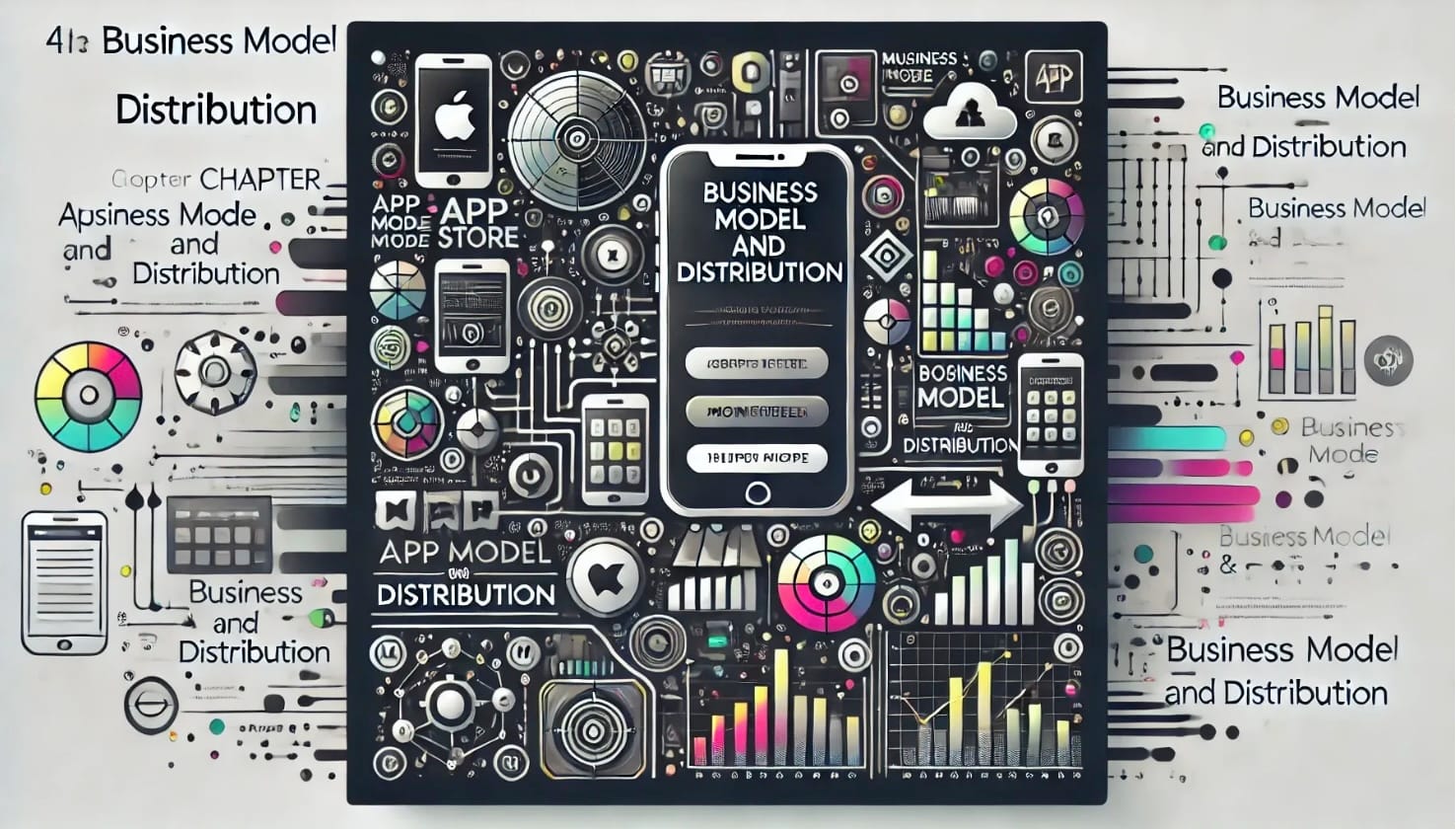In the first part, we were still very much in the planning stage. We gave some initial thought to the application and how we wanted to implement it. We dealt with the creation of the specifications, quality assurance and some procedural issues. Today we are going one step further and are looking at the user experience, the business model and the marketing of the app.
3. Design and user experience (UX)

3.1. Mockups and prototypes
A mockup or click dummy helps the customer to provide early feedback and ensure that the development is going in the right direction. It is also useful to test different design concepts and user interactions before investing major development resources.
3.2. Style guides and platform guidelines
A style guide is essential for a consistent design. It should define fonts, colors and other design elements and serve as a reference for future projects.
- Apple and Google policies: Make sure that the Apple and Google guidelines are adhered to, as this is a mandatory requirement for subsequent release in the app stores. These guidelines also include recommendations on user guidance and accessibility, which should be taken into account when designing your app.
- Logo and name: Remember that every app needs a logo for the home screen and a memorable name. The logo should be available in different sizes and formats to be displayed optimally on different devices and in different contexts.
3.3. Use of a UI/UX architect
It is highly recommended to use a UI/UX architect to optimize the user experience. A well thought-out design significantly improves the user experience. An experienced UI/UX architect can also ensure that the design is both functional and aesthetically pleasing, which increases user engagement. The UI/UX designer usually also takes care of the necessary graphics required for the app stores. This effort should not be underestimated either and is crucial for the success of the product.
4. Business model and distribution

4.1. Marketing and licensing
The business model and distribution of the app should be planned at an early stage:
- Free trial: the app should be testable free of charge to avoid creating unnecessary hurdles for potential users. Consider which functions are offered free of charge and which may be subject to a charge. A freemium strategy can help to increase the user base and generate revenue at the same time.
- App store management: Publishing to the Apple and Google app stores is an important step. Note that the initial outlay with Apple is significantly higher and Apple currently charges USD 99 per year for the developer account. Also note the stores' guidelines, which stipulate regular updates and compliance with data protection regulations.
- Presence in app stores: Invest time in creating good screenshots, videos and description text to maximize visibility in the app stores. Also consider how you can manage app ratings and reviews to increase the credibility and appeal of your app.
This was the 2nd part of the 4-part series. Part 3 deals with the authentication of the app, the search for a suitable developer and the agreements with them.

